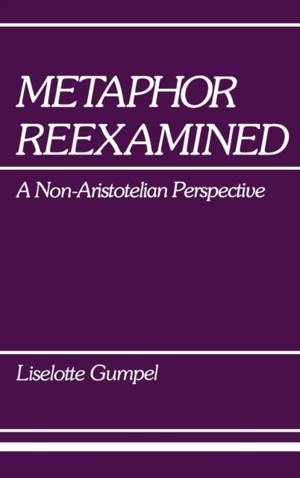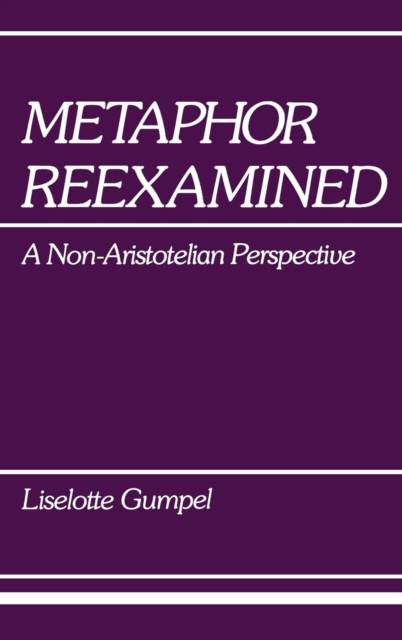
- Afhalen na 1 uur in een winkel met voorraad
- Gratis thuislevering in België vanaf € 30
- Ruim aanbod met 7 miljoen producten
- Afhalen na 1 uur in een winkel met voorraad
- Gratis thuislevering in België vanaf € 30
- Ruim aanbod met 7 miljoen producten
Omschrijving
Breaking away from the traditional "neo-Aristotelian" view of metaphor, Liselotte Gumpel's ambitious study offers a new, "non-Aristotelian" approach based on the phenomenological semantics of Roman Ingarden and the semiotics of Charles S. Peirce. The author seeks to grasp the meaning of metaphor through an exhaustive exploration of meaning in language, from its acquisition by young speakers to its repeated origination in sound when spoken and in the visual sign when written. She identifies the fundamental semantic operations that differentiate literal from literary use of language. Next, metaphor is examined in all of its semantic idiosyncrasies. Gumpel's theory culminates in the development of a functional or structural metaphor that can neither disappear nor "die." Applying the theory, Gumpel presents several textual analyses, relating the categories of argument, dicent and rheme to the use of metaphor by Brecht, Dickinson, and Celan. A final section provides an incisive critique of theories of metaphor from Aristotle to the present.
Specificaties
Betrokkenen
- Auteur(s):
- Uitgeverij:
Inhoud
- Aantal bladzijden:
- 322
- Taal:
- Engels
- Reeks:
Eigenschappen
- Productcode (EAN):
- 9780253337818
- Verschijningsdatum:
- 22/06/1985
- Uitvoering:
- Hardcover
- Formaat:
- Genaaid
- Afmetingen:
- 152 mm x 229 mm
- Gewicht:
- 639 g

Alleen bij Standaard Boekhandel
Beoordelingen
We publiceren alleen reviews die voldoen aan de voorwaarden voor reviews. Bekijk onze voorwaarden voor reviews.











